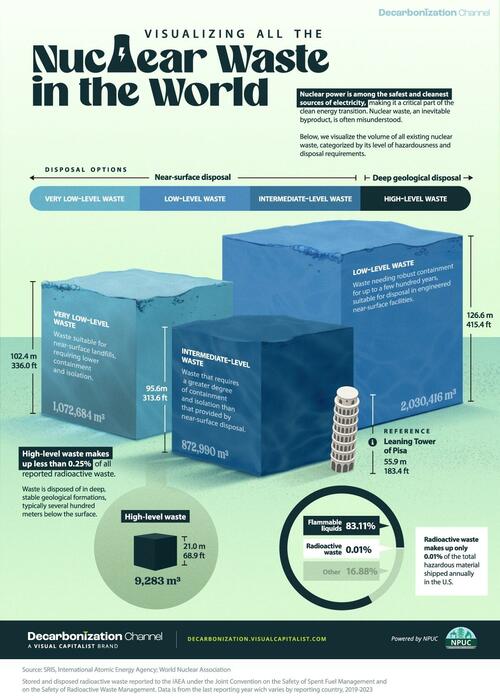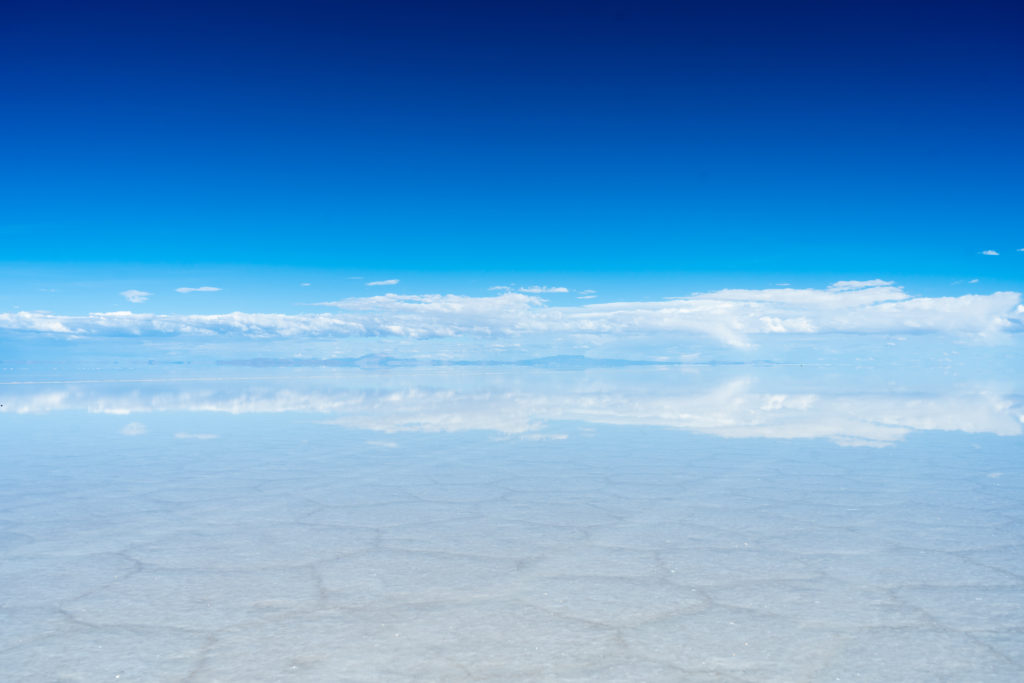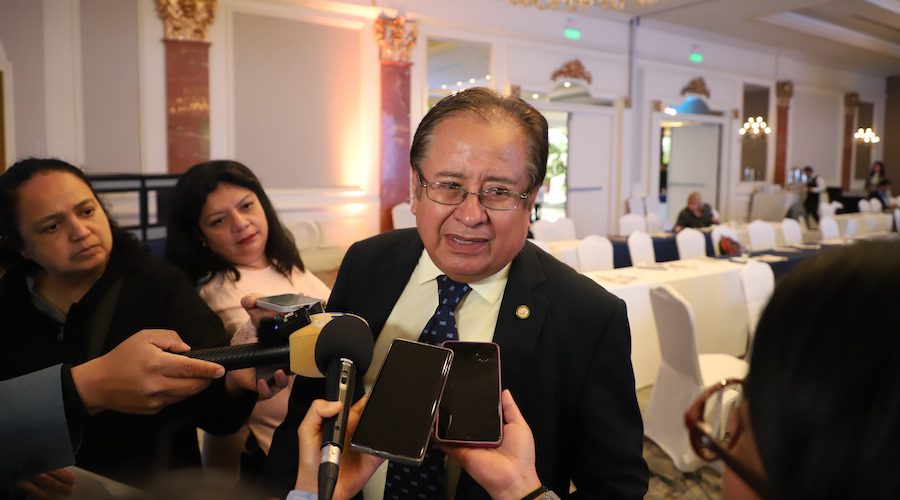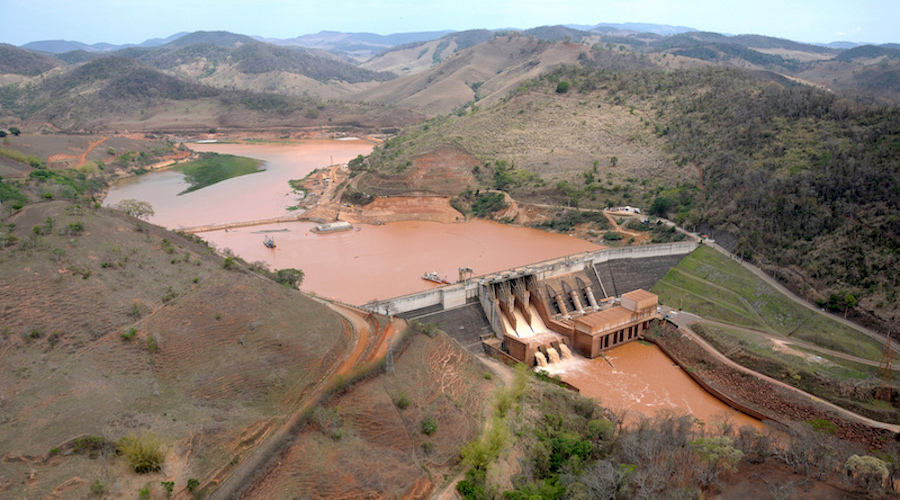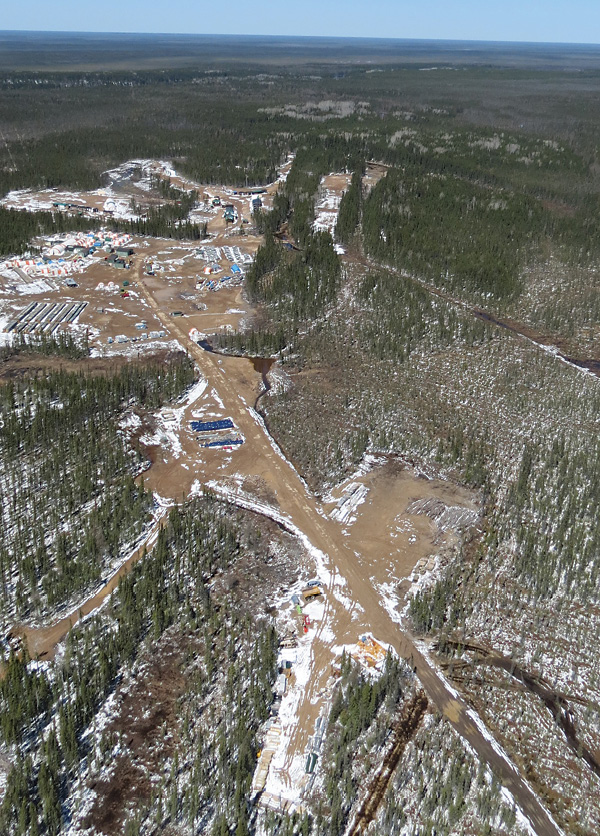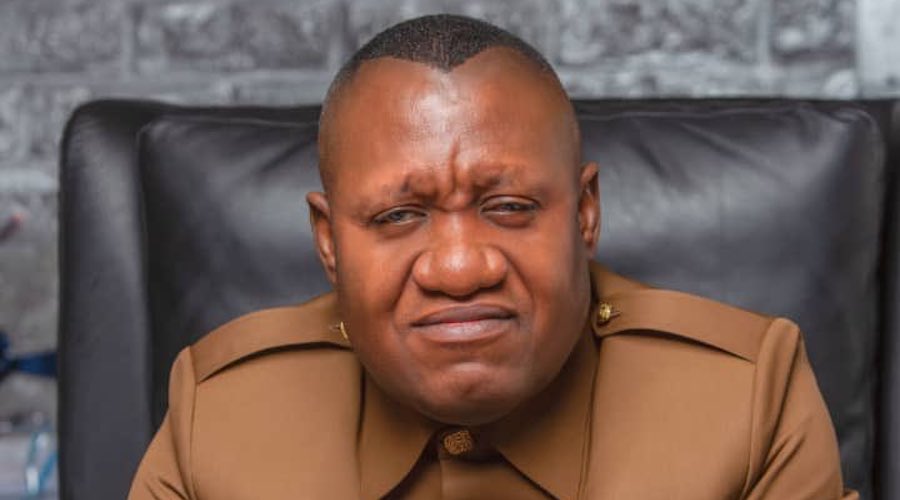Russian President Vladimir Putin has long seen the development of the country’s Arctic resources as one of its core strategically vital projects.
Russia is looking to keep open the arctic Northern Sea Route all year long.
This year, Russia decided to build another cargo base plus 14 additional terminals along the route from Murmansk to Vladivostok.
This year will see a major push by Russia to ensure that the Northern Sea Route (NSR), which is vital for shipping minerals, oil, and liquefied natural gas (LNG) from its huge Arctic operations, remains fully functional all year round, according to a senior Moscow-based oil analyst exclusively spoken to by OilPrice.com last week. Given the hostile climate in the region, ships have been unable to sail at all during March, April, and May, and have struggled to do so at other times as well. This new impetus comes as Russia faces new sanctions on its energy deliveries following its February 2022 invasion of Ukraine and as escalating tensions around the Red Sea cause increased dangers for shipping through key Middle Eastern routes. “33 million tonnes of cargo was moved in 2021, 34 million [tonnes] in 2022, and just over 36 million [tonnes] last year,” said the Moscow-based analyst. “Rosatom [the Rosatom State Nuclear Energy Corporation, which manages a fleet of nuclear-powered icebreakers, among other things] and Novatek [Russia’s second-largest gas producer and spearheading its Arctic LNG developments] have told the Far East and Arctic Development Ministry that they can support an increase to 100 million tonnes by 2026 and 200 million tonnes [or cargo] by 2030,” he added.
Russian President Vladimir Putin has long seen the development of the country’s Arctic resources as one of its core strategically vital projects, as analysed in full in my new book on the new global oil market order. One reason for this is the sheer size of its gas and oil reserves there, estimated at around 35.7 trillion cubic metres (tcm) of gas and over 2.3 billion metric tons of oil and condensate. The majority of these are located in the Yamal and Gydan peninsulas, lying on the south side of the Kara Sea. An adjunct to this is that much of its gas resources there have been earmarked for a major advance in the country’s LNG output, as Putin has also long believed that Russia’s presence in that market does not reflect its enormous presence in the broader world gas and oil market. Since Russia’s 2022 invasion of Ukraine, LNG has also become the ‘swing emergency gas’ product for many major economies, given sanctions imposed on its natural gas and oil exports. LNG is readily available in the spot markets and can be moved very quickly to anywhere required, unlike gas or oil sent through pipelines. Unlike pipelined energy as well, the movement of LNG does not require the build-out of vast acreage of pipelines across varying terrains and the associated heavy infrastructure that supports it. Related: Red Sea Shipping Crisis Rekindles Inflation Fears
Another reason why Russia’s Arctic oil and gas reserves are so important to Putin is that they can be seamlessly delivered to China through the NSR. It is true that over the past 30 years, there has been a turnaround in the power relationship between the two former great Communist powers, with Beijing now the more dominant partner. Crucially, though, it is also true that Russia’s enormous oil and gas reserves still give it some leverage with China. Its oil and gas flows into the country mean that Moscow can continue to count on the military and political force-multiplier effect of China as a major presence in the Asia Pacific theatre of potential conflict, if not directly in the European one. In precisely this vein, around the same time as the invasion of Ukraine, Russian state gas giant Gazprom signed a deal to supply 10 billion cubic metre per year (bcm/y) of gas to the China National Petroleum Corporation (CNPC). This built on another 30-year deal between the two companies signed in 2014 for 38 bcm/y and this in turn was a part of, but significantly bolstered, the ‘Power of Siberia’ pipeline project – managed on the Russian side by Gazprom and on the China side by CNPC – that was launched in December 2019. Given Russia’s poor performance in the Ukraine war to date, the force multiplier effect of Moscow’s relationship with Beijing has never been more important to it. Aside from remaining a menacing presence in the background, China’s technology and expertise has made possible the array of weaponry that has been supplied to Russia from Iran for use in Ukraine. Beijing’s hold over Iran was firmly established in the all-encompassing ‘Iran-China 25-Year Comprehensive Cooperation Agreement’, as first revealed anywhere in the world in my 3 September 2019 article on the subject and analysed in full in my new book on the new global oil market order.
A final key reason at play in Russia’s Arctic gas and oil drive is its capacity to subvert the U.S. dollar-based hegemony in the energy market, as also analysed in my new book, particularly as it features one of the world’s biggest oil and gas producers and one of its biggest buyers. Very early in the Arctic LNG projects’ history, Novatek’s chief executive officer, Leonid Mikhleson, said that future sales to China denominated in renminbi were under consideration. This was in line with his comments on the prospect of further U.S. sanctions - following Russia’s annexation of Crimea in 2014 - that they would only accelerate the process of Russia trying to switch away from U.S. dollar-centric oil and gas trading. “This has been discussed for a while with Russia’s largest trading partners such as India and China, and even Arab countries are starting to think about it... If they do create difficulties for our Russian banks then all we have to do is replace dollars,” he said. Such a strategy was tested in 2014, when the state-run Gazprom Neft tried trading of cargoes of crude oil in Chinese yuan and roubles with China and Europe, to reduce Russia’s dependence on crude trading in dollars, in response to the initial Western sanctions against Russia’s energy sector
As it stands, according to the Moscow-based oil analyst, at a meeting last May between Putin and several key figures connected to the development of the NSR, it was decided that new developments would include the building of another cargo base plus 14 additional terminals along the route from Murmansk to Vladivostok, the creation of a new satellite network connected with the NSR (allowing for near real-time ice monitoring), centralising ship navigation control with Rosatom, and expanding the fleet of tankers and ice-breakers. At the same time, Russia is forging ahead with its Arctic LNG projects, the most recent notable development of which is Arctic LNG 2. This aims for three LNG trains (manufacturing facilities) of 6.6 million metric tonnes per annum (mmtpa) each, based around the gas resources of the Utrenneye field, which has at least 1,138 billion cubic metres of natural gas and 57 million tons of liquids in reserves. The first train was successfully delivered last August on the western shore of the Gydan Peninsula in West Siberia. The second and third trains are expected online this year and in 2026, respectively.
The project is also emblematic of Putin’s attempts to make Russia’s Arctic LNG projects as ‘sanction-proof’ as possible, as also analysed in my new book on the new global oil market order. This meant Russian company Novatek – the key developer of Yamal LNG (and the later Arctic LNG 2) - becoming as self-sufficient as possible in this regard. Consequently, Novatek aimed to localise the fabrication and construction of LNG trains and modules to decrease the overall cost of liquefaction and develop a technological base within Russia, and it made great progress in realising this. As part of this objective, Novatek developed the ‘Arctic Cascade’ process for creating LNG. This is based on a two-stage liquefaction process that capitalises on the colder ambient temperature in the Arctic climate to maximise energy efficiency during the liquefaction process and was the first patented liquefaction technology using equipment produced only by Russian manufacturers. Having said this, moves are afoot from the U.S. to roll out further sanctions aimed at undermining Russia’s Arctic LNG ambitions, partly through blocking sales of technology still needed by Novatek and others, and partly by blocking sales of Russian LNG in full.
By Simon Watkins for Oilprice.com
